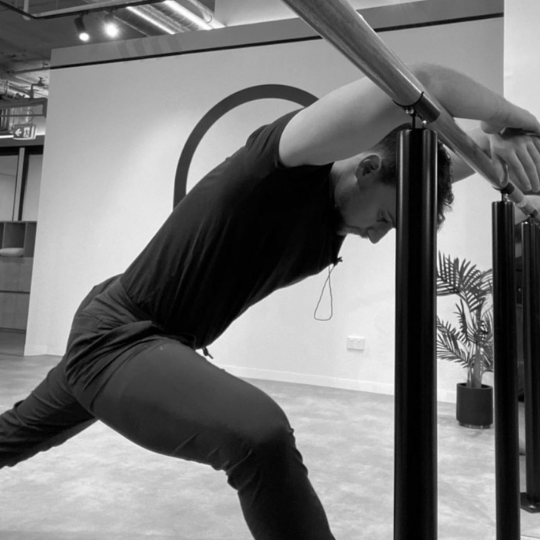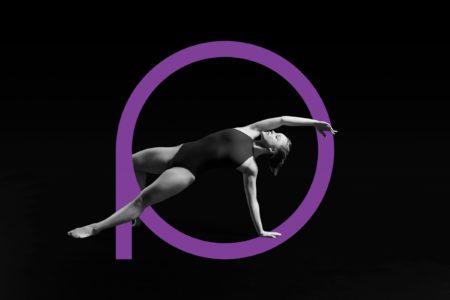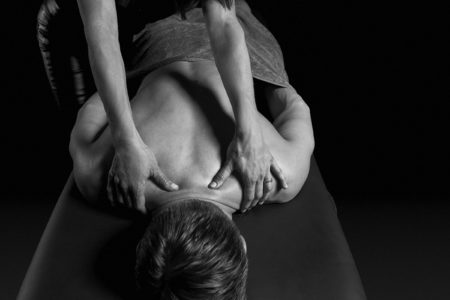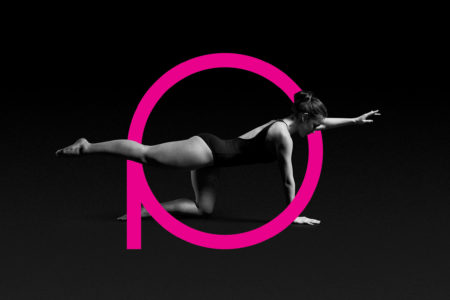Suite 3, Ground Floor, The Gateway,
312 St Kilda Road, Southbank, VIC, 3006
Top Tips to Reduce Injury Risk

Have you recently returned to sport or the gym since coming out of lockdown and found you could barely move the next day? Don’t worry – me too! This general soreness is completely normal and is a sign your body is responding to a new exercise stimulus and needs to adapt.
Different to this general soreness however is an actual injury (more on this in an upcoming post). With the excitement of Victoria opening up and returning to a “Covid-normal”, we have seen a number of injuries in people returning to sport and the gym.
Here are my tips to reduce your injury risk!
1) Ease your way back in!
You could be forgiven in all the excitement to start exactly where you left off, and you may get away with it, but unfortunately going from “zero to hero” and the “all or nothing” approach may also bring you unstuck.
A gradual build back towards your pre-lockdown activity levels will greatly reduce your injury risk and can be broken down into four key areas:
– Intensity: how hard are you working? How much are you puffing and sweating?
– Duration: how long are you exercising for?
– Frequency: how many times per week?
– Type: is the activity or skill new or different?
If you can avoid a big spike in these areas you’ll greatly reduce your risk of injury. There are simple and effective ways of monitoring your exercise workload, which I’ll cover in an upcoming post.
2) Warm-up!
Getting your body moving before exercise is a quick and easy way to reduce your injury risk. Aim for a more active warm-up rather than static stretches (i.e. sitting down touching your toes). Think squats, leg swings, windmills etc. It doesn’t have to take long and whatever you can do to get your body moving and feeling warm will help prepare the body for what’s to come!
3) Recover! Recover! Recover!
The importance of recovery cannot be understated during this time.
This can come in many forms, but by far the most important one is sleep! Of course we all sleep, but how well do we sleep? Do you go to bed quite late or wake up really tired? During sleep is where a lot of our body’s natural recovery and healing occurs, and so good sleep hygiene will help your body to recover in time for the next exercise session. A day in between exercise sessions is in a lot of cases a good idea to help reduce your injury risk.
There are many other recovery strategies that you could utilise and they include:
– Stretching
– Foam rolling/spiky ball use
– Hot/cold showers
– Beach recovery (if you’re game to brave Victoria’s chilly water!)
– Good nutrition
4) Listen to your body!
Last but not least, listen to your body! Sometimes for no apparent reason we feel really great and better than expected during an exercise session, and sometimes we feel really lousy and worse than expected. This is normal. So listen to your body, and if you’re feeling fantastic push yourself a little harder, and if you’re feeling a bit off then look after yourself and consider doing a little less.
So there you have it…
and if you need our support we are here to help!






